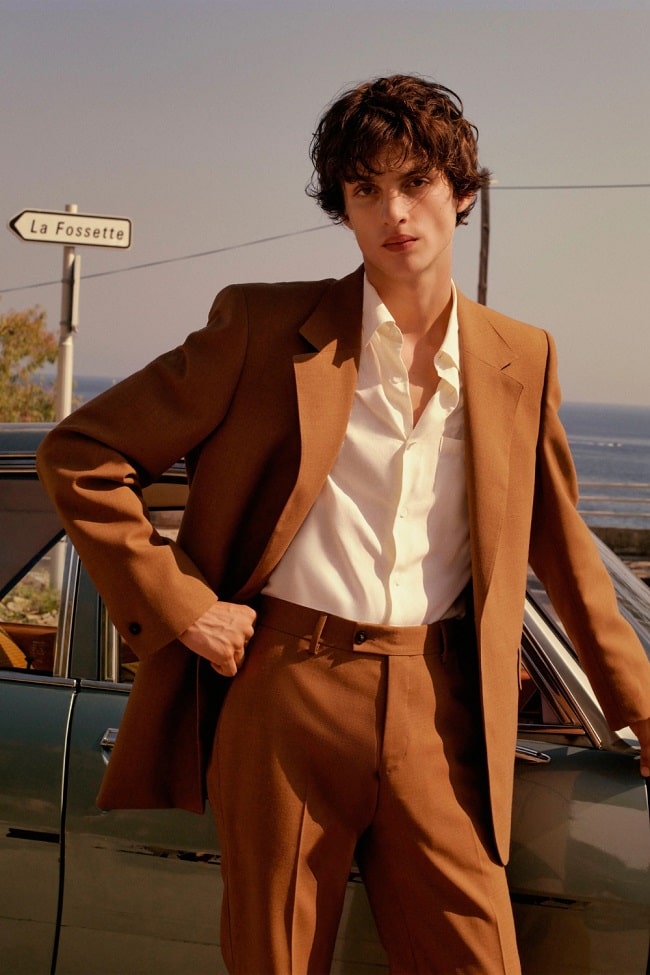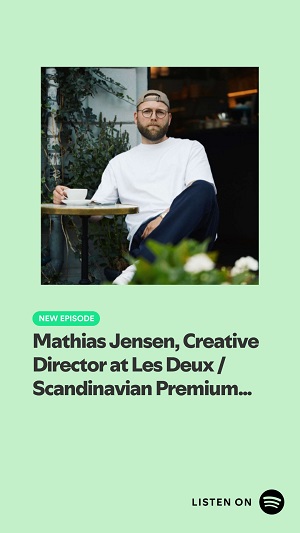1
HOME > Trends >
WHY FORMAL DRESSING IS BACK (IF IT REALLY EVER LEFT)
Written by Ivan Yaskey in Trends on the 21st December 2020

If you didn’t read the article yourself, you may have seen it shared on social media: earlier in November, the Wall Street Journal claimed that formal dressing is making a comeback, after many have spent the past few months in loungewear or dressing up their top half for Zoom calls. It’s easy to say we told you so. Especially as momentum builds around a vaccine and many individuals think about returning to a semi-normal life again, the question of “What will I wear?” has reared its head. At the same time, the relevancy of men’s suiting has come into question during the pandemic, particularly as major US retailers file for bankruptcy and, in the UK, Savile Row sees declining business. Months ago, a backlash to casual dressing was predicted. and in a moment where you’re saying, “Well, obviously,” because track bottoms and sweats only have so much mileage, that time is likely now.
You’ll Likely Always Need a Suit
Talk about abolishing formal dress codes has persisted for a few years, with Goldman Sachs’ announcement of a “smart casual” wardrobe accelerating the discussion. Yet, occasions – at least in the traditional, pre-pandemic sense – will always call for a suit, with job interviews falling toward the top of the list. Reflecting what could be increasing demand, Technavio put out a report of the 2020-2024 men’s suiting, coats, and jacket market, forecasting growth of $20.34 billion over this period. Multiple factors are behind this predicted rise: disposable income, slow but incremental growth rising out of the pandemic, demand for luxury brands, and the APAC market continuing to compose an even greater amount of luxury sales, estimated up to 43 percent.

Office Dress Codes Can be Complicated
Case in point: How do you dress for an interview over Zoom? It’s a question raised on plenty of career advice boards. Does dressing casually from home and more relaxed expectations also translate to job interviews? One recent letter to Ask A Manager, in which a job candidate showed up to a virtual interview in sweats, confirms that while everyone is confused, not a whole lot has changed: You still want to make a strong impression, and while backgrounds can’t always be changed (or don’t always work on Zoom), a button-front with a blazer thrown over it, preferably accompanied by combed hair, projects a sense of competency. Of course, office dress codes have been breaking down over the past 15 years, from ‘90s business casual to tech bro hoodies to, as an acceptable medium, smart casual, where certain types of denim and trainers can be worn to the office. Yes, you can have too much of a good thing, and you subsequently can go too low, and sweats as work attire, or day-in-day-out pyjamas, represent that nadir.

What are You Projecting?
On this note, working from home doesn’t mean impressions no longer matter. They’re virtual, making you literally boxed in. Studies have shown that, particularly in a work environment, formal dressing continues to project an air of competency, particularly when it comes to first impressions. The reality is, we’re all making countless first impressions and have to be ready, be it with virtual job interviews, meetings with new clients, or co-workers you don’t know particularly well seeing the inside of your home during a team Zoom call. Here, that suit jacket and button-front show you mean business, that you can be taken seriously even when your digs are minimal and basic, and you can get through this difficult, uncertain time with a degree of stability and professionalisation.

A survey conducted by the Harvard Business Review back in June found that while many feel comfortable with video conferencing to conduct business, they’re still unsure about social expectations to make a good impression via this medium, particularly in relation to presentations and interviewing. Results indicated that participants were concerned more about their backgrounds and clothing and how those translated across the medium. After compiling all results concerning perception, researchers determined that Zoom presentations aren’t that different from in-office interactions. Business casual attire, in neutral hues, causes others to find the speaker more authoritative during presentations and discussions. As well, audience matters: If you’re interacting with executives and other higher-ups, you have a better chance of establishing a connection and being perceived as an expert while wearing business professional attire in neutral hues. Similarly, researchers predictably discovered that if you work in an industry where traditional business attire is still expected, dressing this way during a Zoom call results in your co-workers perceiving you as more professional.

Suits are a Choice
The question, then, is, “If you have the choice to dress up, will you?” Fashion Week presentations since the end of 2018 have delivered a new, more accessible perspective for suiting: It’s not all upscale, skinny fits meant for banking bros and high-striving lawyers. Louis Vuitton under Virgil Abloh and Dior Men under Kim Jones have led the charge, through double-breasted blazers, more lounge-specific fits, and looser construction that suggests ‘90s skater trousers fused with a second-hand blazer purchased not for style but comfort. It’s a silhouette not too far from an ‘80s lounge suit, part New Wave and part aspirational Armani with high-waist trousers ballooning out into pleats that taper down to the ankle. Although navy and charcoal single-breasted suits come with ample expectation baggage, the post-streetwear suit deconstructs traditional tailoring, making it more accessible, throwing off traditional constrains of masculinity, and embodying the menswear-to-streetwear confluence. And, as perhaps another asset, you don’t have to wear these “new” suits with a shirt: T-shirts, no shirt, rayon double-notch collar unbuttoned halfway down the front – it’s all good. Building off this, exploring suiting from a broader perspective indicates this more casual silhouette is simply an evolution, one breaking away from a rather lengthy 20-year period of skinny fits hitting right at the top of your shoes. From the over-accessorised 1920s suits to ‘30s zoot suits through flared ‘70s silhouettes and eventually the more spacious ‘90s, we’re right on schedule, if not slightly delayed, for a revolution in tailoring.

More Work-Life Balance
When you’re working and living in the same place, when, exactly, does the 9-to-5 end and personal time begin? It’s hard to say, particularly with a pre-pandemic world of professionals being expected to be on-call through email almost 24-7. Now that more physical barriers have been broken down, thanks to the absence of a commute, attire creates that distinction. On one hand, putting on the suit or even business casual pieces places you mentally in job mode, and taking them off, to return to loungewear once 5pm has passed, lets you breathe and separate from your job, even if you’re doing both from the same room. As another scenario, not all companies frown on smart casual (or even casual-casual T-shirts and fleece) for business meetings. In turn, dressing up to go out at home – with a nice dinner and a movie or similar activity, as The Telegraph detailed recently – is on the rise. Putting on your nice suit makes it feel like you’re heading into the city for a classy meal and socialisation, even if all you’re doing is repurposing the living room and kitchen for socially distanced entertainment.

Trending
2
3
4
5
6
7
8
9
10










